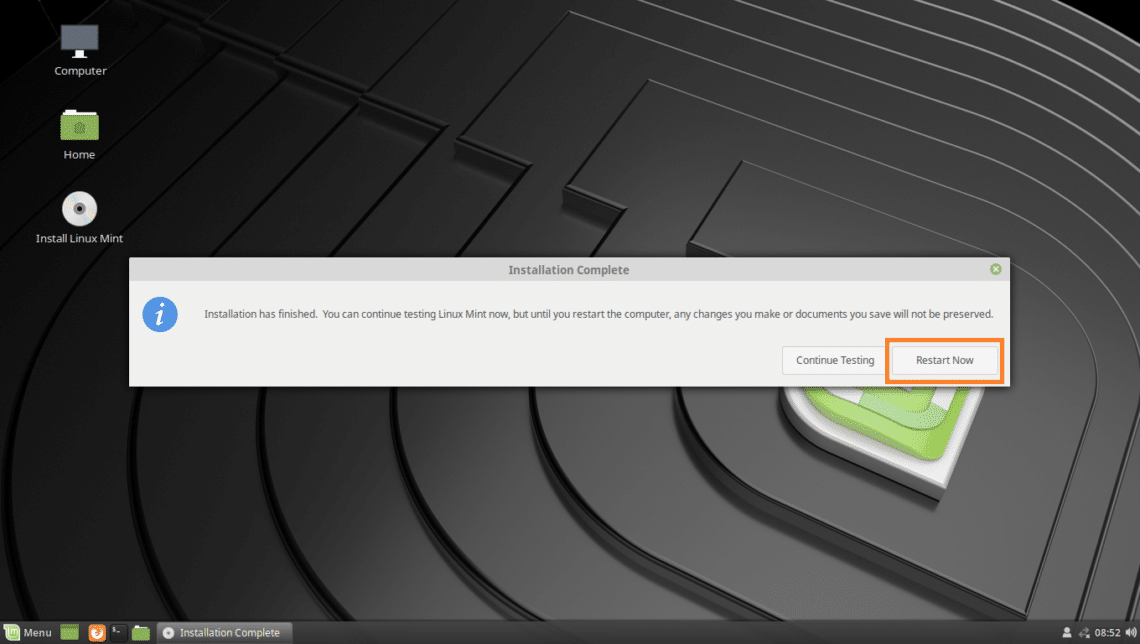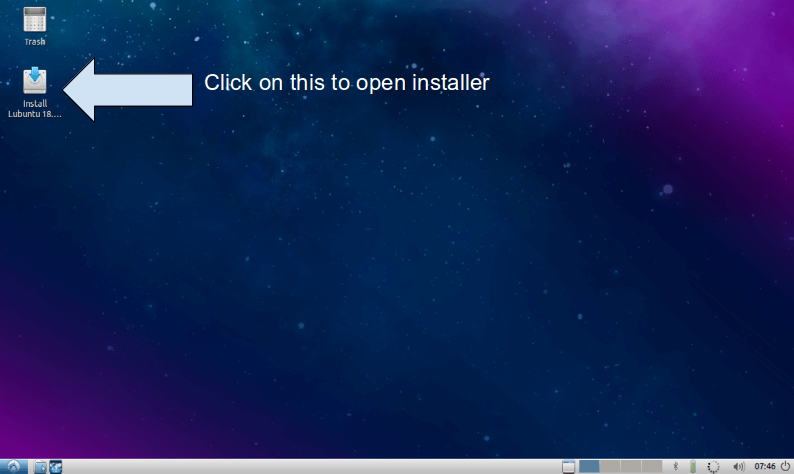

Once you have your bootable USB stick ready, you can do a couple of things with it: Ubuntu provides detailed instructions on how to create a bootable USB drive here: If you download it from a computer running Ubuntu Linux you use the built-in Startup Disk Creator tool. If you download it from a Windows computer, you need a simple and free USB stick writing tool called Rufus. There are several ways to do this, depending if you’re downloading the ISO file from a Windows or a Linux computer. In order to make the ISO file useful, you need to use it to create a bootable USB stick. In the past, when you wanted to install a program, you would pop in a CD ROM and go from there. The reason ISO files have become popular is that computers rarely come with a CD ROM drive these days. In other words, it is an archive file that contains everything that would be written to a CD, sector by sector, including the disc file system. What is an ISO file? An ISO file is a disk image of an optical disc. Make sure to choose the ISO file of the latest Ubuntu version with long term support (it will have the letters LTS next to the version). The first thing you need to do is to use another computer to download the latest Ubuntu ISO file. I decided to go with the Ubuntu flavor of Linux, as it is the easiest to install and the most user-friendly for those new to Linux.

The clean, empty hard drive gave me the perfect excuse to install a Linux operating system, and to configure the old laptop to become the ideal web development environment.


When the hard drive of my old Toshiba Satellite died suddenly I thought of getting rid of it, but when I learned that you could buy a refurbished hard drive on ebay for very little money (around $35) I ordered one and installed it. Give new life to your old laptop with the most popular open-source OS How To Install Ubuntu Linux on an Empty Hard Drive


 0 kommentar(er)
0 kommentar(er)
